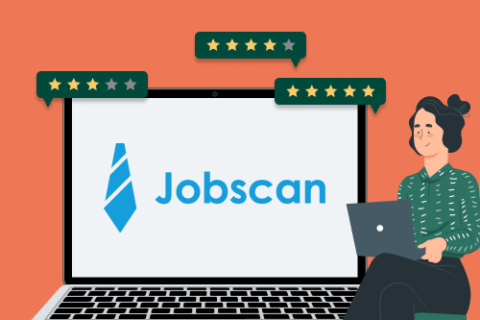Effective stock control is critical for the success of any e-commerce commercial enterprise. In today’s aggressive panorama, groups ought to find innovative methods to optimize their supply chain methods to fulfill customer needs efficiently. This is where AI-pushed analytics come into play, providing an answer that can revolutionize inventory management practices.
Understanding the Challenges of Traditional Inventory Management
Traditional stock management relies heavily on manual procedures and historic facts analysis, making it liable to mistakes and inefficiencies. Businesses frequently struggle with stockouts, overstocking, misguided demand forecasting, and sluggish inventory turnover costs. These demanding situations not only impact purchaser delight but also result in increased charges and lost revenue opportunities.
The Role of AI-driven Analytics in Inventory Management
AI-pushed analytics leverage advanced algorithms and machine learning strategies to analyze huge quantities of records in real-time. By harnessing the energy of AI, companies can benefit treasured insights into their stock tiers, call for patterns, and supply chain dynamics. This enables them to make data-driven selections and optimize their stock management techniques for more efficiency and profitability.
- Demand Forecasting and Inventory Optimization: One of the key advantages of AI-pushed analytics is its ability to forecast call for with more accuracy. By analyzing ancient sales records, market tendencies, and different relevant elements, AI algorithms can predict future demand patterns more efficiently than conventional strategies. This permits agencies to optimize their inventory stages, lessen stockouts, and limit excess inventory expenses.
- Dynamic Pricing and Promotion Strategies: AI-pushed analytics also can assist organizations enforce dynamic pricing and promotion strategies based on real-time marketplace situations and client conduct. By adjusting prices and promotions dynamically, corporations can maximize revenue and profitability at the same time as preserving aggressive pricing techniques.
- Supplier Relationship Management: AI-driven analytics enable corporations to decorate their provider relationship control by way of figuring out opportunities for price financial savings and performance enhancements. By studying provider performance facts and market trends, corporations can negotiate higher phrases, optimize procurement tactics, and limit supply chain risks.
Case Study: Implementing AI-pushed Inventory Management
Let’s take into account a case study of an e-trade retailer that applied AI-driven stock management solutions. By leveraging AI-pushed analytics, the store become able to:
- Reduce stockouts by using 30% thru extra correct demand forecasting.
- Improve inventory turnover rates by means of 25% by means of optimizing inventory tiers.
- Increase profitability by way of 20% thru dynamic pricing techniques.
Conclusion
In conclusion, AI-pushed analytics offer widespread capacity for streamlining stock control techniques in e-commerce businesses. By leveraging AI era, groups can gain precious insights into their deliver chain dynamics, optimize stock ranges, and enhance profitability. Embracing AI-pushed stock control is not only a aggressive benefit however a necessity in trendy fast-paced e-commerce landscape.
FAQs
- How does AI-pushed analytics enhance demand forecasting accuracy?
AI algorithms analyze tremendous quantities of historic income information, marketplace developments, and different elements to expect destiny demand styles greater as it should be than conventional techniques. - Can AI-driven analytics assist reduce stockouts and overstocking?
Yes, via optimizing inventory degrees primarily based on demand forecasts and actual-time marketplace facts, AI-pushed analytics can decrease stockouts and overstocking. - How does AI era optimize provider relationship control?
AI-driven analytics analyze provider overall performance information and marketplace tendencies to pick out cost-saving opportunities, optimize procurement processes, and limit supply chain dangers.











